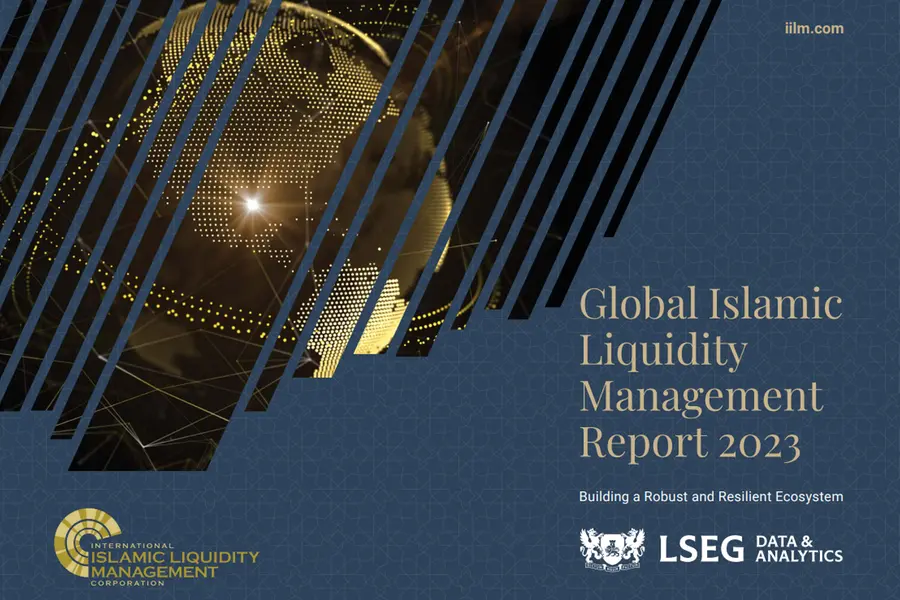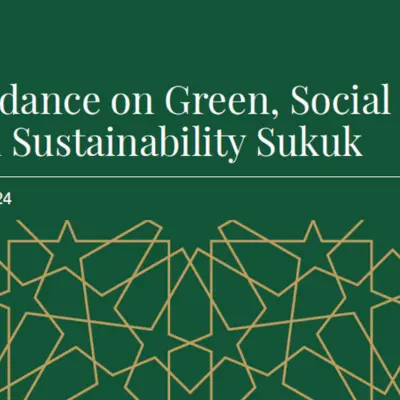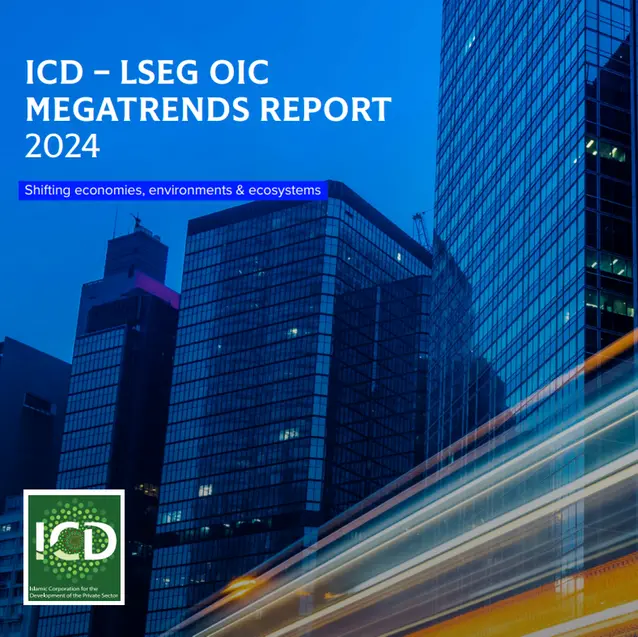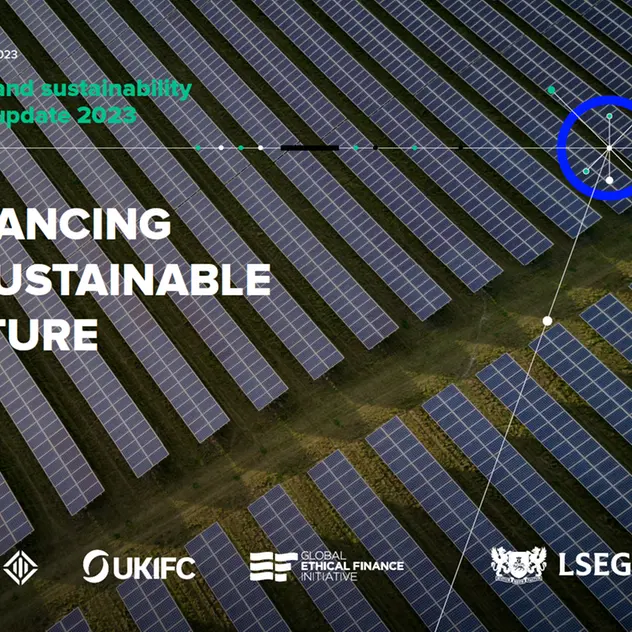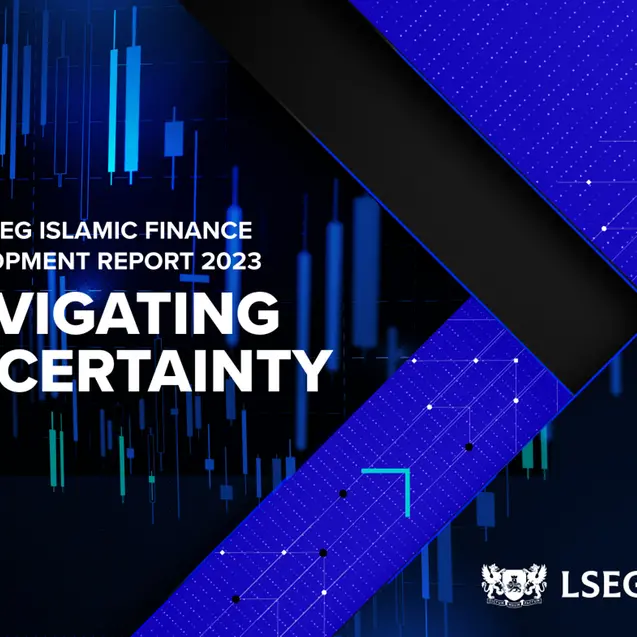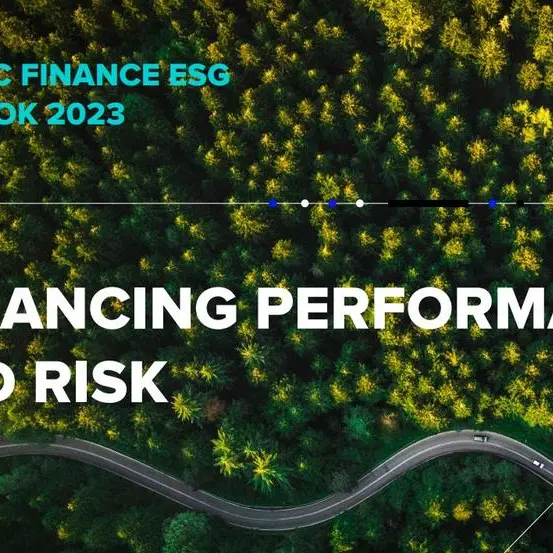PHOTO
For the Islamic finance industry, the dearth of Islamic liquidity management instruments has been a constant challenge despite the industry’s growth and maturity in some regions of the world. The liquidity level for the biggest Islamic banks in top Islamic finance markets averaged 12% in 2022, as indicated by their share of liquid assets to total assets. This average is the same as conventional banks in the same markets.
The Islamic finance industry has seen positive signs and progress with the introduction of new tools to manage liquidity in many markets and it is clear that the development of liquidity instruments by authorities such as central banks serve as an integral component in the overall advancement of the Islamic financial industry.
This report is the first-of-its kind study, covering the current market landscape and market size, the role of central banks and key liquidity programmes, and the role of the IILM Sukuk programme to address the industry’s liquidity management needs.
The report also explores key liquidity management instruments serving the global Islamic finance industry across key and nascent markets, whether issued by their respective central banks or through alternative means.
- Current market landscape
- Case studies
- Exclusive interviews with key participants of the industry
- Perspectives on the IILM Sukuk programmes and AAOIFI standards
